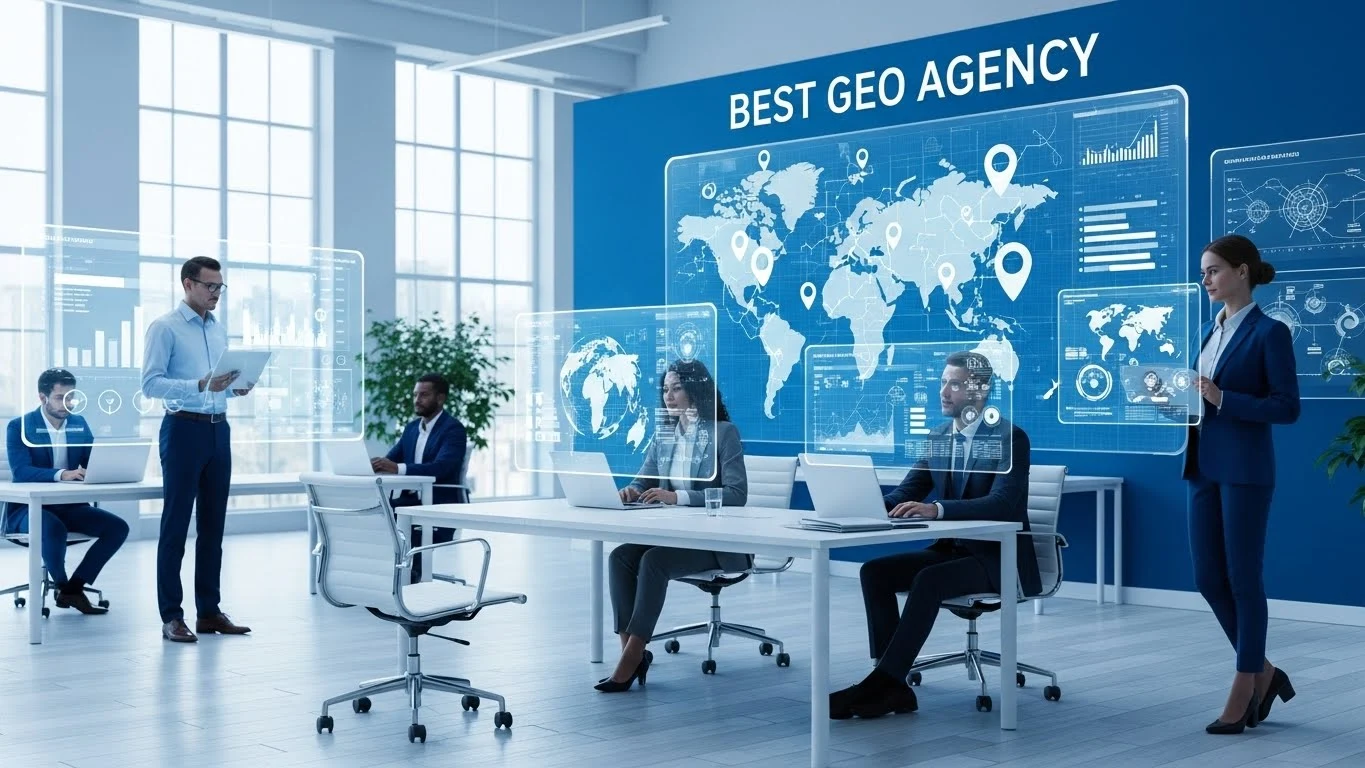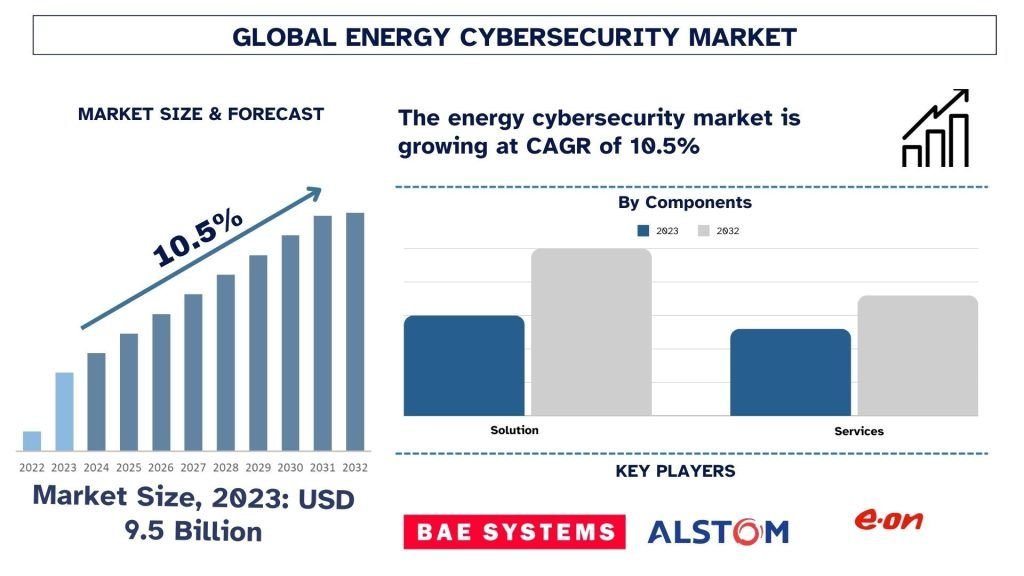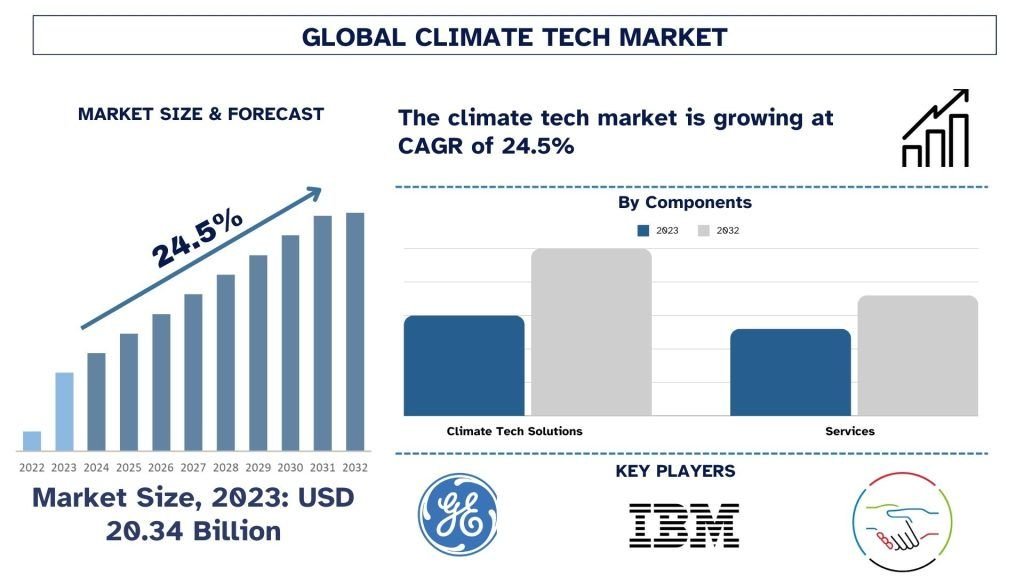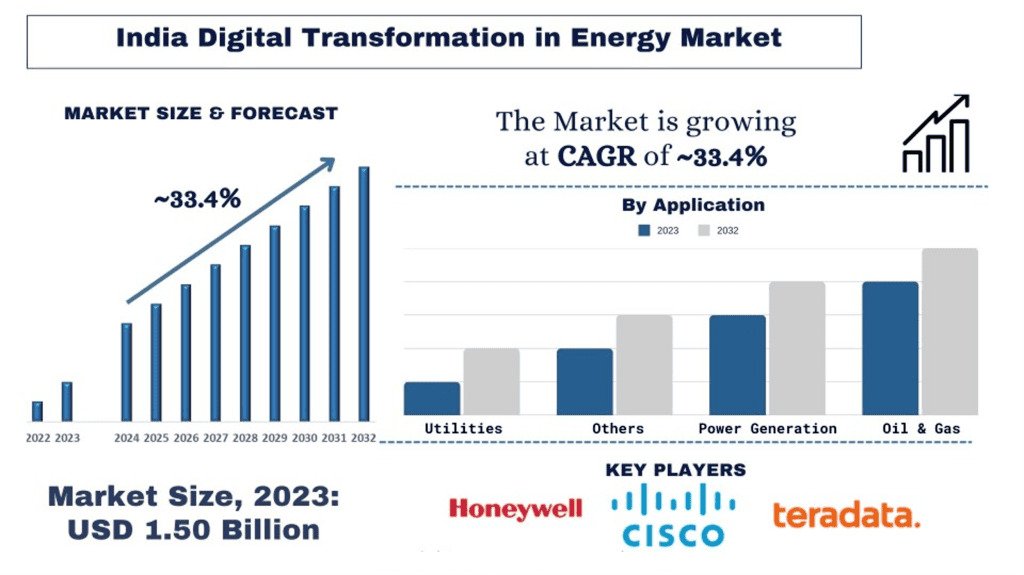2D animation, despite its seemingly simple premise, presents a unique set of challenges for animators, studios, and clients alike. From creative hurdles to technical pitfalls, successfully navigating a 2D animation project requires careful planning, effective communication, and a proactive approach to problem-solving.
1. Creative Block & Finding Artistic Direction
- Challenge:
- Lack of Clear Vision: A hazy initial concept can lead to aimless experimentation and wasted time.
- Overly Ambitious Scope: Trying to do too much within a limited budget or timeline can result in a diluted or unfinished product.
- Finding a Unique Style: Differentiating your project from the countless other 2D animation services requires a strong artistic vision and a unique style.
- Solutions:
- Thorough Pre-Production: Invest ample time in storyboarding, character design, and style frames to establish a clear foundation.
- Focus & Prioritization: Conduct a thorough needs analysis and prioritize key elements to ensure the project remains within scope.
- Style Research & Experimentation: Explore various 2D styles (e.g., hand-drawn, cutout, cel animation) and experiment with different techniques to find the best fit.
- Collaborate with Experienced Animators: Seek guidance from experienced 2D animators or animation studios Florida who can provide valuable insights and help refine your creative direction.
2. Technical Challenges & Production Workflow
- Challenge:
- Software Proficiency: Mastering 2D animation software (e.g., Adobe Animate, Toon Boom Harmony) requires time and dedication.
- Maintaining Consistency: Ensuring consistent style and quality across a large team of animators can be a significant challenge.
- Technical Glitches & Errors: Software bugs, file corruption, and rendering issues can disrupt the workflow and lead to costly delays.
- Solutions:
- Invest in Training & Development: Provide adequate training and resources for animators to develop their skills in the chosen software.
- Develop Clear Style Guides: Create detailed style guides that outline character designs, color palettes, and animation principles for all team members to adhere to.
- Implement Robust Quality Control: Establish a rigorous quality control process with regular reviews and feedback sessions to identify and address any inconsistencies.
- Utilize Cloud-Based Solutions: Consider cloud-based storage and collaboration tools to improve file management, streamline workflows, and minimize the risk of data loss.
3. Budget & Time Constraints
- Challenge:
- Budget Overruns: Unforeseen costs, such as revisions, re-shoots, and unexpected technical issues, can quickly escalate project budgets.
- Tight Deadlines: Meeting aggressive deadlines while maintaining quality can be extremely demanding on the animation team.
- Solutions:
- Realistic Budgeting: Create a detailed budget that accounts for all potential costs, including contingencies for unforeseen expenses.
- Agile Development: Adopt an agile approach to production, breaking down the project into smaller, manageable sprints to allow for flexibility and adjustments.
- Efficient Time Management: Utilize time-tracking tools and project management software to monitor progress, identify potential bottlenecks, and ensure timely completion.
- Consider Outsourcing: For specific tasks, such as logo animation services or background art, consider outsourcing to specialized studios or freelancers to optimize costs and resources.
4. Communication & Collaboration
- Challenge:
- Client Communication Gaps: Misunderstandings or unclear communication between the client and the animation team can lead to costly revisions and delays.
- Internal Communication Issues: Ineffective communication within the animation team can hinder progress and impact overall project quality.
- Solutions:
- Regular & Transparent Communication: Establish clear communication channels and conduct regular meetings with clients to discuss progress, address concerns, and ensure everyone is on the same page.
- Utilize Project Management Tools: Employ project management software that facilitates communication, task assignment, and progress tracking within the team.
- Build Strong Client Relationships: Foster a collaborative and trusting relationship with clients to build open and honest communication.
5. Staying Relevant & Innovative
- Challenge:
- Keeping Up with Trends: The 2D animation landscape is constantly evolving, with new technologies and techniques emerging regularly.
- Avoiding Creative Stagnation: Maintaining a fresh and innovative approach to 2D animation can be challenging.
- Solutions:
- Continuous Learning & Skill Development: Encourage animators to continuously learn new skills, explore emerging technologies, and stay abreast of the latest industry trends.
- Experimentation & Innovation: Encourage experimentation with new techniques, styles, and software to push creative boundaries.
- Seek Inspiration from Diverse Sources: Explore different forms of art and media for inspiration, such as painting, photography, film, and even video games.
6. The Evolving Landscape of 2D Animation
- Challenge:
- Rise of 3D & CGI: The dominance of 3D animation in the entertainment industry can overshadow 2D animation, making it seem less relevant or commercially viable.
- Emerging Technologies: New technologies like motion graphics, stop-motion animation, and even AI-powered animation tools are constantly evolving, presenting both opportunities and challenges for traditional 2D techniques.
- Solutions:
- Embrace Innovation: Explore how 2D animation can be integrated with other techniques, such as 3D environments, motion graphics, or even live-action footage, to create unique and compelling visuals.
- Highlight the Unique Strengths of 2D: Emphasize the unique artistic expression, flexibility, and cost-effectiveness that 2D animation offers, particularly for projects with a specific style or aesthetic.
- Explore New Creative Avenues: Experiment with new 2D animation techniques, such as digital painting, rotoscoping, and paperless animation, to push the boundaries of the medium.
7. Maintaining Quality & Artistry
- Challenge:
- Balancing Quality with Speed: The pressure to meet deadlines and stay within budget can sometimes lead to compromises in artistic quality.
- Avoiding Burnout: The demanding nature of animation work can lead to burnout and decreased creativity among animators.
- Solutions:
- Prioritize Artist Well-being: Create a supportive and healthy work environment that prioritizes the well-being of animators. Including flexible work arrangements, regular breaks, and opportunities for professional development.
- Celebrate Creativity: Encourage experimentation and recognize the unique contributions of each animator to foster a culture of creativity and innovation.
- Regularly Review and Refine: Conduct regular reviews of the animation process to identify areas for improvement and ensure that artistic integrity is maintained throughout the project.
8. Reaching the Target Audience
- Challenge:
- Standing Out in a Crowded Market: With a constant influx of animated content. It can be challenging to capture the attention of the target audience.
- Connecting with Viewers Emotionally: Creating 2D animation that resonates with viewers on an emotional level requires a deep understanding of storytelling and character development.
- Solutions:
- Develop a Strong Narrative: Craft compelling stories with engaging characters and meaningful themes that resonate with the target audience.
- Utilize Effective Marketing & Distribution: Employ effective marketing and distribution strategies to reach the intended audience, such as social media campaigns. Film festivals, and online platforms.
- Gather Audience Feedback: Regularly gather feedback from viewers to understand their reactions and preferences. And use this information to refine future projects.
Conclusion:
2D animation, while facing its own set of unique challenges. Remains a vibrant and expressive medium with the potential to create truly captivating and memorable experiences. By proactively addressing the challenges discussed above, animation studios, filmmakers. And individual animators can navigate the complexities of the 2D animation process and deliver high-quality, impactful. And audience-resonating work.
By proactively addressing these common challenges. 2D animation projects can be brought to successful completion. Resulting in high-quality, engaging, and impactful animated content.












Leave a Reply